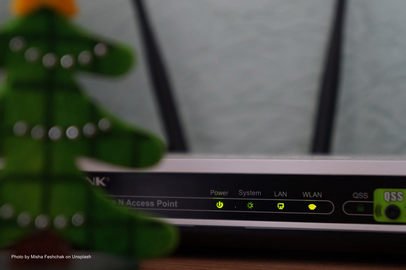A Quick Glance…
LED lights are known for their longevity, often outlasting other types of lighting. On average, LED bulbs can last anywhere from 25,000 to 50,000 hours of use, depending on the quality of the bulb, its usage, and environmental factors. This duration translates roughly to a range of 3 to 6 years if the light is kept on continuously, but under typical usage patterns, which is approximately 3 hours per day, an LED bulb can last between 22 and 45 years.
What does LED stands for & its history?

LED is the acronym of the Light Emitting Diode. It is a type of semiconductor that gives off light when an electric current is applied. The LED was invented by Nick Holonyak, Jr., who was an employee of General Electric Company. It diffuses its light in all directions and does not emit any heat at the same time.
The most commonly used color LEDs are red, blue, green, and yellow. The first LED was made in 1962, but it did not become usable until 1968.
In 1962 Robert Hall took a gallium arsenide phosphor and covered it with a clear glass envelope containing metal strips on the inside surface to act as electrodes.
In 2001, researchers discovered that the LED light was not only practical for lighting but also made an accurate form of radiation. This discovery led to further development and research surrounding the production of LED lights.
After the initial discovery, LED lights were first produced commercially by Philips in 1992. The first curved glass lighting fixture was developed that year as well, which is now used in commercial settings such as offices.
Between 1992 and 2003, LED lights became increasingly popular, with sales increasing each year. In 2003, approximately 50 million were sold.
Why were the first LED’s used in flashlights?
LEDs are fashioned into tiny diodes that are about as thick as a human hair. They are miniaturized, powerful sources of light that emit a bright light (silicon) that is used in many electronic devices and in finished products. Today, LEDs are used in many devices and products.
The first LED flashlights were built to meet the military’s needs. The main use for this flashlight was to replace night vision goggles that could often malfunction or break. LEDs are more durable than light-emitting diodes (LEDs), which are made of a semiconductor material that has phosphors sandwiched between two electrodes. Their efficiency is also higher.
What are the benefits of LED lights?
- LED bulbs last a lot longer than traditional incandescent bulbs or fluorescent bulbs, and they can actually produce more light output per watt-hour. LED’s also don’t contain mercury like traditional fluorescent light bulbs do.
- LED lights are perfect for use in any type of application that requires a bright, intense beam of light, such as for lighting up high traffic areas or highlighting items on store shelves. That’s because the small size of the LED’s means there are millions of them packed into an area about the size of a quarter.
- The long lifespan means you won’t have to worry about constantly replacing your bulbs in order to maintain your home’s lighting—a great bonus if you’re always tinkering with DIY projects that require you to frequently turn.
Why do LED lights cost more than other bulb types?
LED’s cost more than other types of light bulbs for a few reasons. One reason is because they are more expensive to produce. LED’s also require a special fixture and are good for specific types of lighting. However, their long lifespan and energy efficiency make them ideal for use in many household applications.
What are the factors impacting the life expectancy of LED lights?
There are some factors which affect the life expectancy of LED light. These include:
- If a LED light is continuously left on, then it will have a shorter lifespan
- It’s important to follow the manufacturer’s guidelines for handling and maintenance to extend their lifespan
What temperature should LED’s be kept at? Are LED lights heat-resistant?
LED’s need to be kept between 0˚C and 45˚C to prevent them from aging, but they are heat-resistant up to 85˚C. LED’s also retain their brilliance even when the ambient temperature is low, which is important for applications in outdoor lighting or decorative lighting.
What are some tips for prolonging the lifespan of LED’s?
- LED’s should be handled with care because they have a tendency to crack easily. Some companies use a special silicone gel to apply to the light, but if you’re changing bulbs yourself, there are little strips that you can purchase from most hardware stores that attach easily to the wires and make it easier to handle without breaking.
- LED lights are sensitive to heat, so it’s important not to leave your lights on when you leave your home. This one might be obvious, but you might not realize that if you have motion sensing lights, they will turn on and off when there’s no one there. While this may sound like a good idea on the surface, it can be a waste of energy because these types of lights will turn on and off several times a night.
- LED light bulbs shouldn’t be exposed to liquids.
- LED lights shouldn’t be exposed to strong touch such as prolonged rubbing of your face. Use two hands to turn the key, and don’t crush or bend them.





